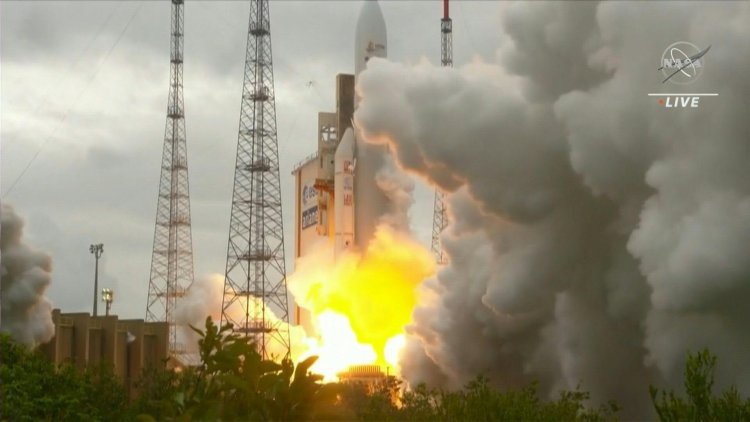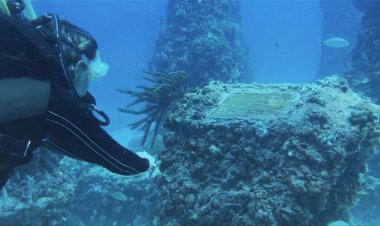James Webb telescope sets off on million-mile voyage

The world's most powerful space telescope on Saturday blasted off into orbit, headed to an outpost 1.5 million kilometers (930,000 miles) from Earth, after several delays caused by technical hitches.
The James Webb Space Telescope, some three decades and billions of dollars in the making, left Earth enclosed in its Ariane 5 rocket from Kourou Space Center in French Guiana.
It is expected to take a month to reach its remote destination.
It is expected to beam back new clues that will help scientists understand more about the origins of the Universe and Earth-like planets beyond our solar system.
Named after a former NASA director, Webb follows in the footsteps of the legendary Hubble -- but intends to show humans what the Universe looked like even closer to its birth nearly 14 billion years ago.
Speaking on social media, Webb project co-founder John Mather described the telescope's unprecedented sensitivity.
"#JWST can see the heat signature of a bumblebee at the distance of the Moon," he said.
All that power is needed to detect the weak glow emitted billions of years ago by the very first galaxies to exist and the first stars being formed.
The telescope is unequaled in size and complexity.
Its mirror measures 6.5 meters (21 feet) in diameter -- three times the size of Hubble's mirror -- and is made of 18 hexagonal sections.
It is so large that it had to be folded to fit into the rocket.
That maneuver was laser-guided with NASA imposing strict isolation measures to limit any contact with the telescope's mirrors from particles or even human breath.
Once the rockets have carried Webb 120 kilometers, the protective nose of the craft, called a "fairing", is shed to lighten the load.
To protect the delicate instrument from changes in pressure at that stage, rocket-builder Arianespace installed a custom decompression system.
Webb is expected to officially enter service in June.















